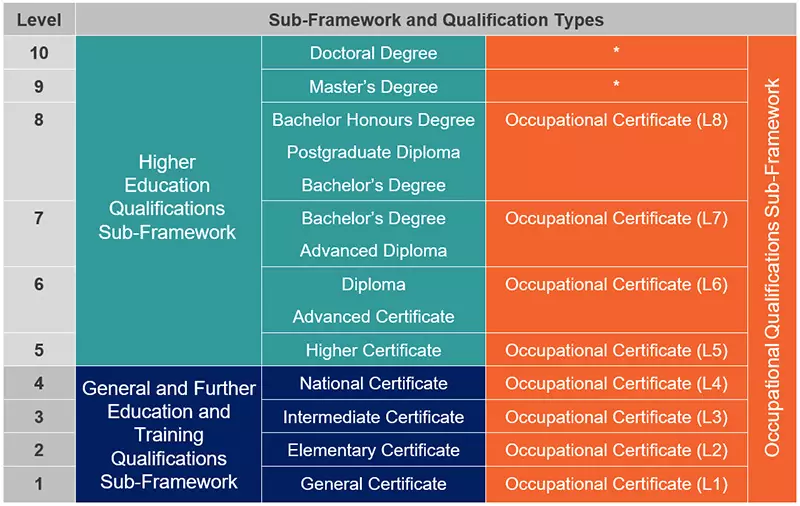What is it all about?
5S is a concept that was developed in Japan to define and promote workplace organisation and it is generally accepted to be the cornerstone of any continuous improvement programme. It consists of five Japanese words to describe the five concepts, each starting with an S. We use the English version of these terms, because they are easier to understand and more descriptive:
- Sort (Seiri): remove all unnecessary items from the workplace which create clutter.
Shine (Seiso): clean the work area thoroughly – make it easier to clean by removing sources of dirt or access problems. - Set in Order (Seiton): create a place for everything and keep everything in its place.
- Standardise (Seiketsu): this element is done in parallel with the first three (and is in support of them).
- Sustain (Shitsuke): this aspect ensures sustainability through discipline.
5S should be a practical way of life rather than a theoretical concept. Learners will learn about practical tips and techniques to implement 5S at their workplace. This training course is aligned with the GFMAM’s 39 Subjects with a specific focus on the following subjects: maintenance delivery, asset operations.
Who should attend?
- Asset and maintenance managers
- Production and operations managers
- Maintenance and production engineers
- Continuous improvement facilitators
- Operational asset management team
- Maintenance and engineering planners
- Team leaders and supervisors
What makes it different?
Learners will not just see 5S definitions, but receive practical tools and tips, guidelines and techniques, as well as real life examples of successful 5S. At the end of the workshop, learners will:
- understand what 5S is
- understand the benefits of 5S in the workplace
- know the objectives, activities and tools for each step of 5S
- be able to sort necessary and unnecessary items
- be able to create and sustain a clean workplace
- be able to create an organised and orderly work area
- be able to implement 5S effectively and set standards
- be able to sustain 5S in the long term
Course outline and expected outcomes
Take-home tools
- Practical application of 5s for your own organisation
Format
- Public training: One day workshop with on the job assignment
- On-site training: Two day workshop with practical application at your own facilities
Introduction to 5S
This module provides learners the context and background required to understand 5S:
- What is it?
- What are the goals of each S?
- Its benefits and impact on operations and maintenance
- Interactive discussions and implementation advice
Set in Order
Practical ways to implement and sustain the third S, Set in Order:
- Its objectives and benefits
- Practical implementation steps
- Guidelines and examples to organise items in the workplace
- Visual techniques, such as shadow boards, colour coding, area maps, labels and demarcations
- Applying it in an office environment
- Standardise and sustain Set in Order
- Practical experience in designing a layout with locations of a work area to apply 5S principles.
Sort
Practical ways to implement and sustain Sorting:
- The objectives and benefits of Sort
- Practical implementation steps
- Guidelines to decide which items are not necessary in the workplace
- Tools and techniques to assist the process (eg tagging and holding areas)
- How to standardise and sustain Sort
- Practical experience in Sorting and the opportunity to plan how to apply it in the workplace.
Sustain
This module will help learners to successfully implement and sustain 5S in their organisations so that it becomes a way of life:
- Key success factors of 5S
- How to get employee commitment and enthusiasm for 5S
- Practical tools and techniques like a responsibility maps
- A practical template for 5S audits
- Making it a way of life and a culture of discipline
- Participate in group discussions to share experiences and plans
Shine
Practical ways to implement and sustain Shine:
- The objectives and benefits of Shine
- Practical implementation steps
- Guidelines and examples to remove sources of dirt
- Guidelines and examples to make cleaning easier
- How to standardise and sustain Shine
- Practical experience in cleaning an area and the
opportunity to plan how to apply Shine in the
workplace.
